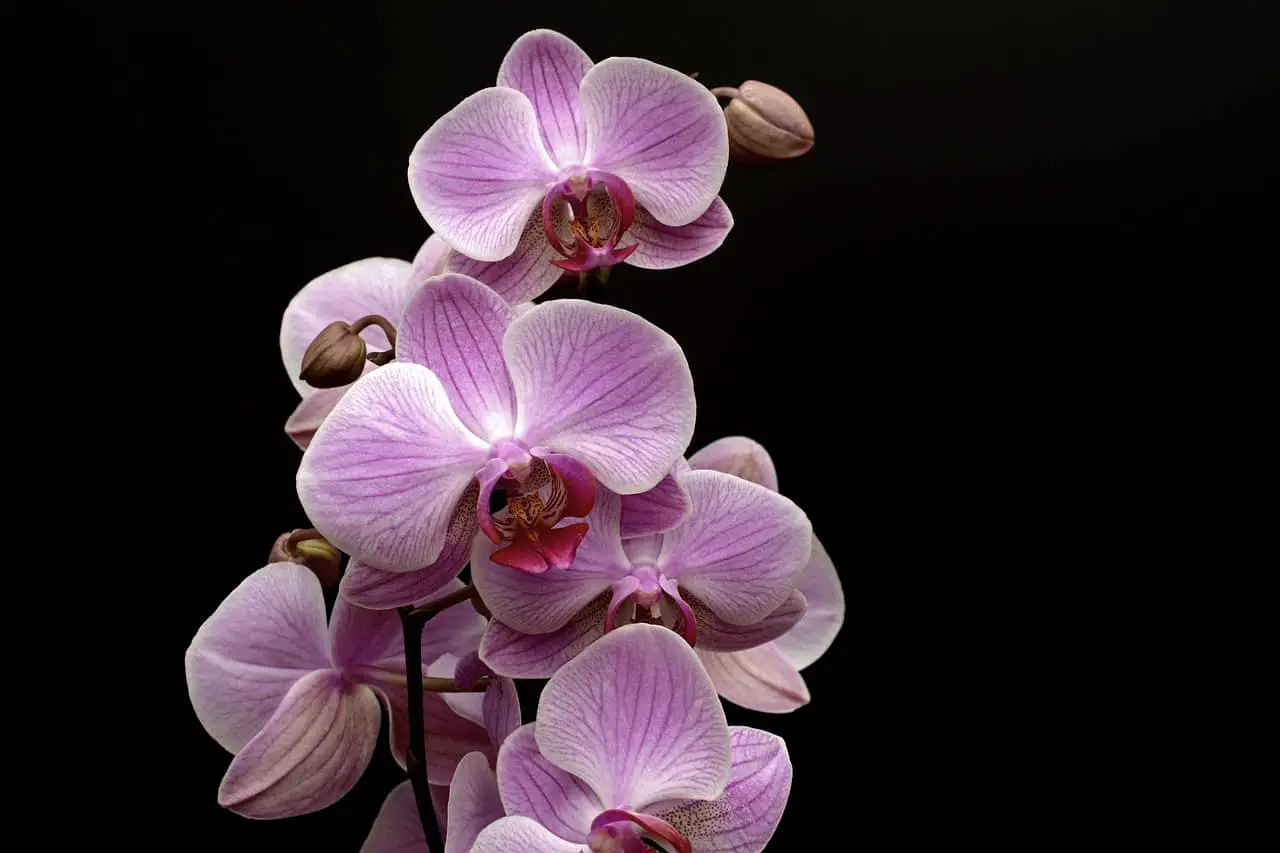Check the health of your orchids regularly. Like any other plant, orchids are susceptible to diseases, pests, and infections that can hinder their growth and overall well-being. One of the most crucial parts of an orchid’s health is its roots. In most cases, the roots serve as a sign of the plant’s overall condition. Thus, it’s essential to check the roots’ health regularly to ensure that your orchid continues to thrive.
This guide will help you determine if your orchid’s roots are dead, and what you need to do to keep your plant healthy.

Understanding the role of roots in an orchid’s overall health
Orchids’ roots serve several important roles. The roots’ primary function is to absorb water and nutrients from the potting medium (typically bark or sphagnum). Without a healthy root system, an orchid cannot absorb the necessary nutrients to grow and thrive.
Moreover, the roots also anchor the orchid in its potting medium and provide structural support. They also regulate the moisture levels and control airflow, ensuring that the orchid isn’t waterlogged or dried out.
In essence, your orchid’s overall health depends on its root system. It’s essential to know when and how to check if the roots are healthy.
Signs to look for in determining if your orchid’s roots are dead.
One of the first signs of root damage is black or brown discolorations of the roots. Dark roots are usually an indication of root rot or fungal infection, which can be fatal to your orchid if left untreated.
Black, mushy root tips indicate that the root has started to die and is no longer functional. This problem can quickly spread from one root to another, and you must act quickly to correct it. Cutting off only the blackened portion of the root and applying hydrogen peroxide to the remaining portion can help save the plant in such a situation.
Soft and mushy roots and what they mean.
Mushy or soft roots are another sign of a dead or dying root system. It is usually caused by overwatering or poor drainage that leads to a waterlogged potting medium. The lack of oxygen causes the roots to rot, and they become soft and mushy, making them unable to absorb water and nutrients.
If you detect mushy roots when inserting a skewer or pencil into the potting medium and there is moisture on it, it’s time for immediate action because such roots can easily rot through to the crown of the plant.
A step-by-step guide to checking if your orchid’s roots are dead.
To check an orchid’s root system for signs of damage, you need to remove it from its pot carefully.
Turn the pot upside down and tap the bottom until the orchid slides out. If it’s stuck, try gentle prying without damaging the stem.
How to differentiate between dead and healthy roots.
Once you remove the orchid’s potting medium, examine the roots for any signs of damage. Healthy orchid roots are thick and rounded, with silver or off-white tips. Conversely, dead or dying roots are thin, flattened, and black or brown in color.
Use a pair of disinfected scissors or knives to cut through the roots and isolate those that are dark-colored and mushy. The healthy white roots should be firm, and plump and provide resistance when you make the cut.
Once the analysis is complete, count the number of healthy and dead roots. If the majority of roots are healthy and only a few are rotten, you can still save the plant.
What to do IF you find dead roots.
Orchids can recover from root damage when treated correctly. Therefore, removing dead roots as soon as possible is necessary. Cut the dead and mushy roots using a sterilized cutting tool until you reach healthy, firm roots.
Re-potting your orchid and treating it to save the remaining healthy roots.
The next step is re-potting the orchid in a suitable pot. Choose a pot only slightly larger than the current one, so the orchid’s root system fits snugly. Remove any old potting medium, and lightly rinse the roots to help remove any residual media or dead matter.
Apply a small amount of root hormone to the remaining healthy roots before placing the plant into the new pot. Fill with fresh potting medium, making sure not to pack it too tightly.
Finally, place the orchid in a shady area and wait a few days before watering it. Gradually increase the light conditions until the plant gets its natural glow.

Preventing root problems in orchids.
Prevention is always more effective than waiting to react until an issue arises.
Maintenance tips for healthy orchid growth.
Healthy orchids don’t often fall victim to dead roots caused by negligence or poor care. Here are a few tricks you can use to keep your orchids healthy:
– Water your orchids correctly – make sure the potting medium dries out completely before you water again.
– Use high-quality orchid mix or potting medium – orchids require unique and well-drained growing conditions.
– Ensure proper humidity – spray your orchids with water regularly to keep their moisture levels optimum.
Common mistakes to avoid when caring for orchids.
It’s easy to make mistakes when caring for orchids. You may be overwatering, underwatering, or putting them in too bright sun conditions.
To avoid these mistakes, be sure to learn about your orchids’ specific needs and adjust your care accordingly. Be careful not to overfertilize, enable good air movement, and keep the right moisture levels at all times.
Conclusion
The key to growing healthy and bountiful orchids is to understand the importance of their root system. Checking their roots’ health regularly and taking proactive measures will ensure that your orchids continue growing strong and bright flowers.
By following this guide, you can detect and diagnose root damage and take the necessary corrective measures. Moreover, be sure to follow care tips for optimal orchid growth to prevent further problems.

